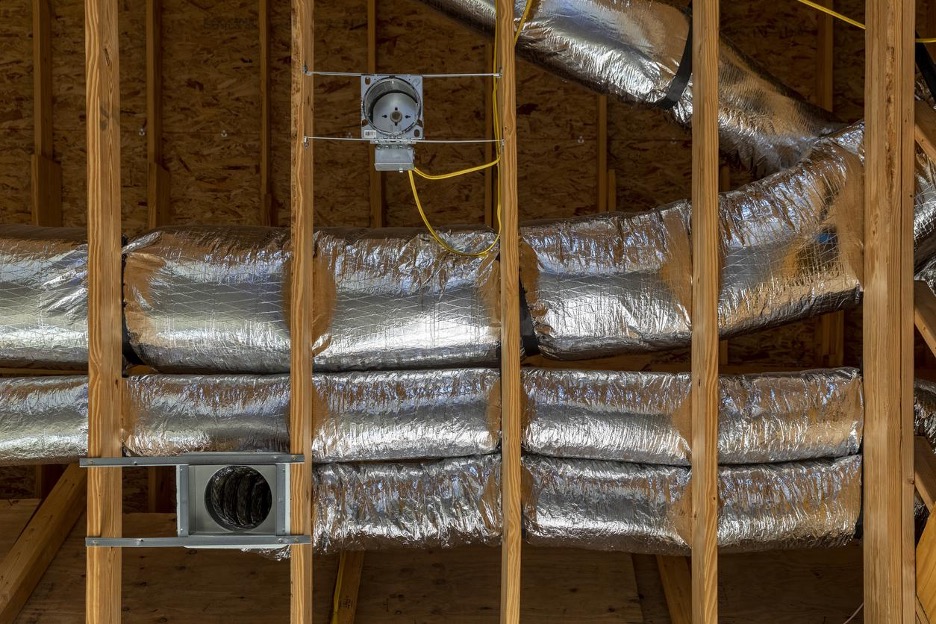Most people don’t give any thought to their attic. After all, it is mainly unused space, so why be concerned about it? Your attic can play a significant role in regulating temperatures in your home. If you turn your thermostat up or down and the house stays too cold or too hot, even if there’s nothing wrong with your HVAC system, your attic may be the culprit. Here are some reasons why conditions in your attic may be affecting temperatures in your house.
A Dark-Colored Roof
If your roof is dark-colored, it may absorb heat from the summer sun and transfer it to your attic. Without proper insulation, the attic will carry this heat down into your home, making it too warm. Overly high temperatures may gradually ruin any valuables or boxes stored there. If you have a traditional shingle roof, excessive attic heat can wear out the shingles. This means that your house will be excessively warm, and your HVAC system will strain to keep the house cool.
If you’re contemplating getting a new roof, consider replacing it with coated shingles made from asphalt. These shingles are more reflective than conventional shingles. A metal roof can also be a great heat-reflector, as well as slate and clay roofing.
Ventilation Problems
Your attic was built to pull fresh air in through the eaves and send it out through vents. When your attic isn’t properly ventilated, its temperature can soar to up to 150 degrees. If you have an attic fan, also known as PAV (powered attic ventilator), you may think that it would cool the attic by removing hot air. Although it does blow hot air out, it also pulls cool air from the rest of the house through ceiling and wall leaks. When this happens, your house’s cold air is cooling the attic, rather than your living area.
Leaky Ductwork
Attics typically have ductwork that provides warm air to upstairs rooms in winter and cool air to them during the summer. However, if your ductwork joints are improperly sealed, your forced air system can pull cold air from the attic into the house in winter and hot air in the summer. When ducts leak, they will always be the same temperature as the attic: hot in the summer and cold in the winter.
Poor Insulation
Poor insulation is at the root of many attic heating and cooling issues. Your attic doesn’t just keep your home warm in winter; it also helps keep your home cool in the summer. Old insulation or incorrectly installed insulation can have a negative impact on your home’s temperature. Common attic insulation problems include:
- Uneven installation – Insulation needs to be evenly layered in all areas of your attic. Without correct layering, it will lose much of its effectiveness.
- Inadequate or missing insulation – Open, uninsulated areas allow moisture to accumulate, potentially leading to a host of other issues.
- Blocked attic ventilation – If your attic’s vents are blocked by insulation, they can develop fungal growth, mold, or mildew.
- Compacted or collapsed insulation – Attics are great storage spaces, but items you stockpile there may affect your insulation’s effectiveness. Heavy stacks of boxes, for instance, can compact your insulation or even collapse it. When this happens, it jeopardizes the insulation’s ability to keep your home cool in the summer and warm in the winter.
Contact Us
If none of these issues seem to be the cause of your attic’s problems, you may have a faulty HVAC system. The specialists at Progressive Air Systems can diagnose any difficulties your attic has maintaining proper temperatures and determine if they’re related to your HVAC. Please call us today!

